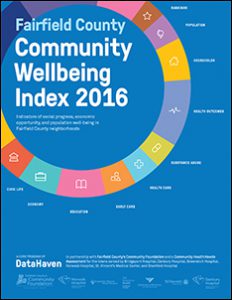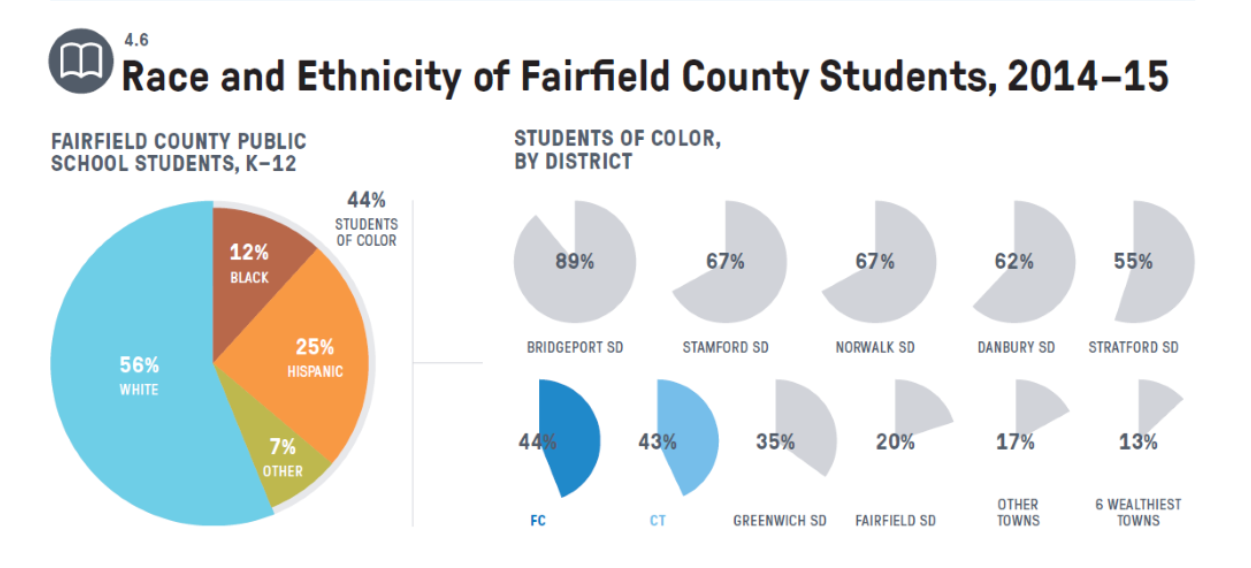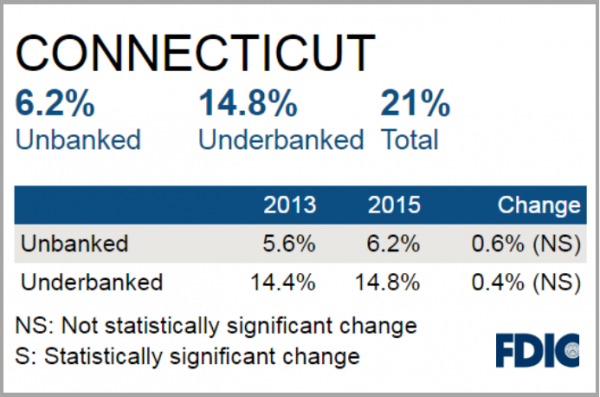Three Connecticut-based companies are among the world’s most ethical businesses.
Norwalk-based Xerox Corp, Danbury’s Praxair Inc., and The Hartford, located in the Capital City are on the 2017 list developed by Ethisphere Institute, a Scottsdale, Arizona organization that measures corporate ethical standards. The annual list has been published since 2007.
The Ethisphere Institute announced 124 companies spanning five continents, 19 countries and 52 industry sectors as the 2017 World’s Most Ethical Companies® honorees.
Ethisphere honors companies that “recognize their role in society to influence and drive positive change in the business community and societies around the world,” a news release announced the list stated. “These companies also consider the impact of their actions on their employees, investors, customers and other key stakeholders and leverage values and a culture of integrity as the underpinnings to the decisions they make each day.”
Xerox is one of only 13 honorees that have been named to the list for all 11 years, underscoring the company’s commitment to leading ethical business standards and practices. The Hartford earned a spot on the list for the ninth time.
“At Xerox, we take great pride in our name being synonymous with innovation, quality and integrity,” said Jeff Jacobson, chief executive officer of Xerox. “We are committed to doing business the right way, with the highest degree of ethics and in compliance with laws worldwide.”
Among the 2017 list of companies are 13 eleven-time honorees and 8 first-time honorees. 2017 also marks the first-time appearance of a Mexico-based company.
The methodology is weighted into five key categories: ethics and compliance program (35%), corporate citizenship and responsibility (20%), culture of ethics (20%), governance (15%) and leadership, innovation and reputation (10%). Non-profit colleges and universities, governments, governmental agencies, and NGOs are not considered for inclusion on the list.
“At Praxair, ensuring a culture of ethics and compliance is paramount to doing business the right way and is top of mind for all of our global employees,” said Steve Angel, Praxair chairman and chief executive officer. “It is a great honor to be recognized as a World’s Most Ethical Company and I thank all of our employees for their dedication to our core values and making this accomplishment possible.”
“Over the last eleven years we have seen an impressive shift in societal expectations, aggressive emergence of new laws and regulation and geopolitical swings that can further disrupt the balance. We have also seen how companies honored as the World’s Most Ethical respond to these challenges. They invest in their local communities around the world, embrace strategies of diversity and inclusion and focus on long term-ism as a sustainable business advantage. In short, these companies are transformative, not just out of need, but because they recognize that integrity is the key to their advancement,” explained Ethisphere CEO, Timothy Erblich.
 Xeorx is one of 13 companies have made the list every year, including: Aflac, Deere & Company, Ecolab, Fluor, GE, International Paper, Kao Corporation, Milliken and Company, PepsiCo, Starbucks, Texas Instruments, and UPS.
Xeorx is one of 13 companies have made the list every year, including: Aflac, Deere & Company, Ecolab, Fluor, GE, International Paper, Kao Corporation, Milliken and Company, PepsiCo, Starbucks, Texas Instruments, and UPS.
The World’s Most Ethical Company assessment is based upon the Ethisphere Institute’s Ethics Quotient® (EQ) framework which offers a quantitative way to assess a company’s performance in an objective, consistent and standardized way, according to the Institute. The information collected provides a comprehensive sampling of definitive criteria of core competencies, rather than all aspects of corporate governance, risk, sustainability, compliance and ethics.




 “The full ecosystem around the defense industry in the state must come together to address these overlapping trends – and many of these collaborative initiatives are already producing significant results – but state government still has a unique role to play in bringing the right ideas to the table,” the report explains.
“The full ecosystem around the defense industry in the state must come together to address these overlapping trends – and many of these collaborative initiatives are already producing significant results – but state government still has a unique role to play in bringing the right ideas to the table,” the report explains.

 Among the key stats:
Among the key stats:
 ate “offers the kind of environment that is particularly conducive to growth for companies that are capitalizing on the latest global economic trends. (The top seven are Massachusetts, Delaware, California, Washington, Maryland, Colorado and Virginia.) The ranking is based on measures in five key areas: Knowledge jobs, Globalization, Economic dynamism, digital economy, and innovation capacity.
ate “offers the kind of environment that is particularly conducive to growth for companies that are capitalizing on the latest global economic trends. (The top seven are Massachusetts, Delaware, California, Washington, Maryland, Colorado and Virginia.) The ranking is based on measures in five key areas: Knowledge jobs, Globalization, Economic dynamism, digital economy, and innovation capacity.

 Xeorx is one of 13 companies have made the list every year, including: Aflac, Deere & Company, Ecolab, Fluor, GE, International Paper, Kao Corporation, Milliken and Company, PepsiCo, Starbucks, Texas Instruments, and UPS.
Xeorx is one of 13 companies have made the list every year, including: Aflac, Deere & Company, Ecolab, Fluor, GE, International Paper, Kao Corporation, Milliken and Company, PepsiCo, Starbucks, Texas Instruments, and UPS.
 d childcare slots for fifteen percent of the county’s children ages 0 to 2, and enough subsidized slots to cover only twenty-two percent of these youngest children in low-income households.
d childcare slots for fifteen percent of the county’s children ages 0 to 2, and enough subsidized slots to cover only twenty-two percent of these youngest children in low-income households.


 The Cuban Lyceum of Bridgeport -- Liceo Cubano de Bridgeport- celebrated its 60th year in 2014, the Connecticut Post
The Cuban Lyceum of Bridgeport -- Liceo Cubano de Bridgeport- celebrated its 60th year in 2014, the Connecticut Post 





 uded in the College Scorecard among bachelor’s degree granting institutions are Lincoln College of New England ($31,800); Mitchell College ($30,400); and Goodwin College ($27,500).
uded in the College Scorecard among bachelor’s degree granting institutions are Lincoln College of New England ($31,800); Mitchell College ($30,400); and Goodwin College ($27,500). The College Scorecard, recently updated by the federal agency, is designed “to ensure that students and families have the most up-to-date, comprehensive, and reliable information available on colleges, all in an easy-to-understand format.” The website allows visitors to sort and filter search results to compare schools to assist students in deciding “which college makes the most sense when considering the typical costs, average student loan amount, students’ ability to repay their loans, and their future earnings,” the website materials explain.
The College Scorecard, recently updated by the federal agency, is designed “to ensure that students and families have the most up-to-date, comprehensive, and reliable information available on colleges, all in an easy-to-understand format.” The website allows visitors to sort and filter search results to compare schools to assist students in deciding “which college makes the most sense when considering the typical costs, average student loan amount, students’ ability to repay their loans, and their future earnings,” the website materials explain.

























